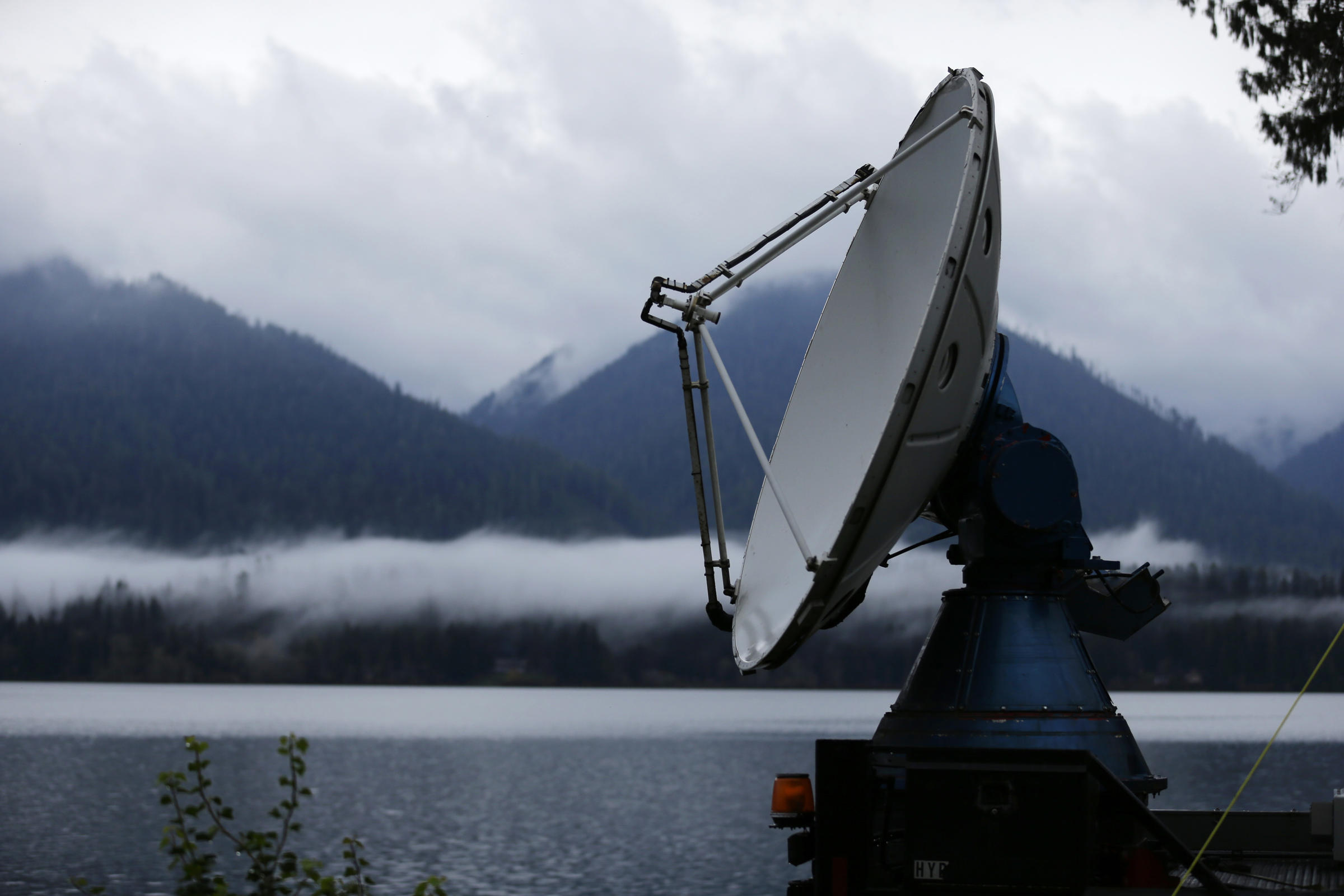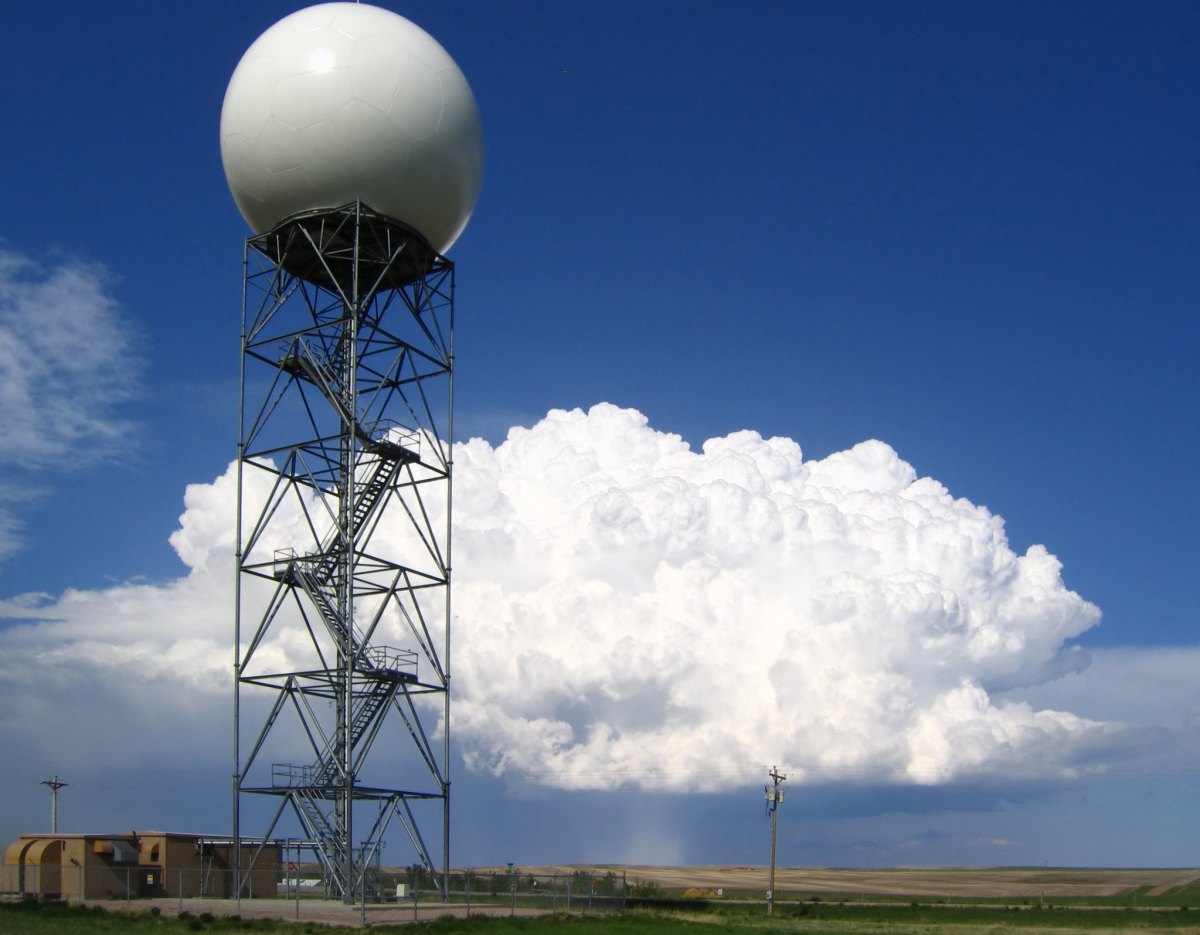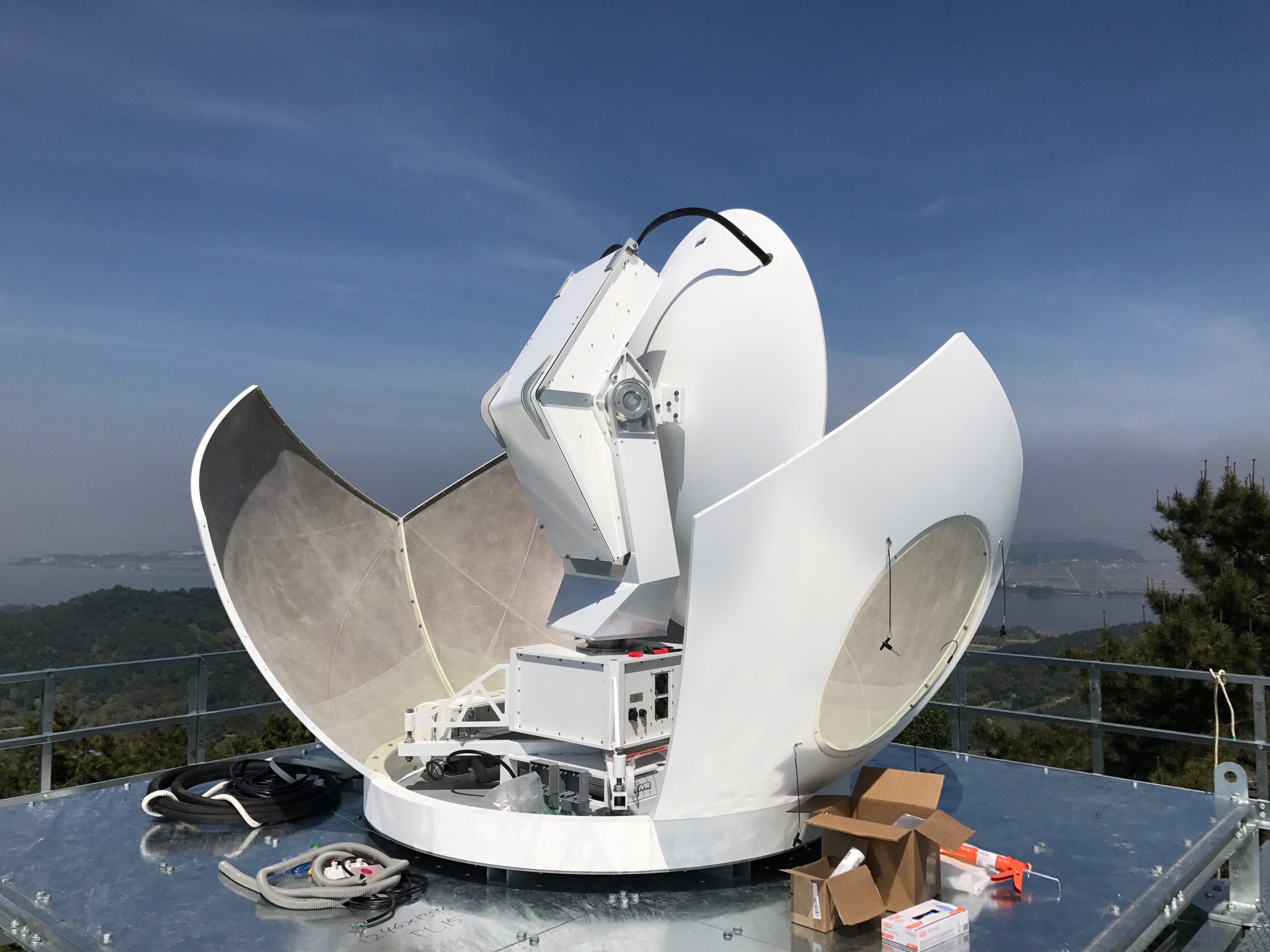Weather Radar Technology

Weather radar is a remote sensing technology that uses electromagnetic waves to detect and track precipitation. It is used by meteorologists to create weather forecasts and warnings, and by hydrologists to monitor water levels and predict flooding.
The basic principle behind weather radar is that electromagnetic waves are scattered by raindrops, hail, and other forms of precipitation. The amount of scattering depends on the size, shape, and concentration of the precipitation particles. By measuring the intensity and direction of the scattered waves, weather radar can determine the location, type, and intensity of precipitation.
The weather radar, a sentinel in the sky, scans the heavens for impending storms. Like a vigilant eye, it detects the telltale signs of turbulent weather. When a tornado threatens, the radar’s beam focuses on the ominous vortex, feeding data to the tornado tracker.
This advanced tool analyzes the radar data, predicting the tornado’s path and intensity. Armed with this knowledge, communities can prepare and seek shelter, weathering the storm with greater safety and resilience.
Types of Weather Radars
There are two main types of weather radars: Doppler radar and non-Doppler radar.
- Doppler radar measures the velocity of precipitation particles as well as their location and intensity. This allows meteorologists to determine the direction and speed of storms, and to identify areas of rotation that may indicate the presence of tornadoes or hurricanes.
- Non-Doppler radar only measures the location and intensity of precipitation. It is less expensive than Doppler radar, but it does not provide as much information about the movement of storms.
Advantages and Limitations of Weather Radar Systems
Weather radar systems have a number of advantages over other methods of precipitation measurement, such as rain gauges and weather balloons.
With weather radar technology, we can monitor precipitation patterns in real-time, aiding us in predicting storms and their potential impact. For those in Evansville, stay updated on the latest weather conditions through evansville weather forecasts. Weather radar provides invaluable information that empowers us to make informed decisions, ensuring safety and well-being.
- Accuracy: Weather radar systems can provide accurate measurements of precipitation over a wide area.
- Timeliness: Weather radar systems can provide real-time data on precipitation, which is essential for forecasting and warning purposes.
- Coverage: Weather radar systems can provide coverage over a wide area, which is important for monitoring large-scale weather patterns.
However, weather radar systems also have some limitations.
- Attenuation: Electromagnetic waves can be attenuated by rain, hail, and other forms of precipitation. This can reduce the accuracy of weather radar measurements.
- Clutter: Weather radar systems can be affected by clutter from non-precipitation sources, such as buildings, trees, and mountains. This can make it difficult to interpret weather radar data.
- Cost: Weather radar systems are expensive to purchase and maintain.
Applications of Weather Radar

Weather radar, an invaluable tool in meteorology, provides detailed information about precipitation, wind patterns, and other atmospheric phenomena. Its applications extend beyond forecasting and tracking weather patterns, playing a vital role in various fields.
Aviation
Weather radar is essential for aviation safety, providing pilots with real-time data on weather conditions ahead. By detecting and tracking precipitation, turbulence, and other hazards, pilots can make informed decisions about their flight paths, avoiding dangerous areas and ensuring a safe journey.
Meteorology
In meteorology, weather radar is used to study and predict weather patterns. By monitoring precipitation and wind data, meteorologists can track the movement of weather systems, identify potential storm threats, and issue timely warnings to the public.
Disaster Management, Weather radar
Weather radar plays a crucial role in disaster management, providing early warning and situational awareness during severe weather events. By detecting and tracking storms, it helps authorities prepare for and respond to potential disasters, minimizing damage and saving lives.
Climate Research
Weather radar data is valuable for climate research, helping scientists monitor long-term trends in precipitation patterns, cloud formations, and atmospheric conditions. By analyzing historical and real-time data, researchers can gain insights into climate change and its impact on weather systems.
Data Analysis and Visualization: Weather Radar

The analysis and visualization of weather radar data are crucial for extracting meaningful insights and making accurate weather predictions. Various techniques are employed to process and analyze this data, including:
- Signal processing: Removes noise and unwanted signals from the raw data.
- Clutter filtering: Distinguishes between weather echoes and non-weather echoes (e.g., ground clutter).
- Velocity estimation: Calculates the speed and direction of precipitation particles using the Doppler effect.
- Hydrometeor classification: Identifies the type of precipitation (e.g., rain, snow, hail) based on radar reflectivity and velocity patterns.
Visualizing Weather Radar Data
Weather radar data is typically visualized using a variety of techniques, including:
- Plan position indicator (PPI): Displays a horizontal cross-section of radar data at a specific elevation angle.
- Constant altitude plan position indicator (CAPPI): Combines data from multiple PPI scans to create a horizontal cross-section at a constant altitude.
- Vertical cross-section: Displays a vertical slice of radar data along a specified line.
- Time-height cross-section: Shows the evolution of radar data over time at a specific location.
HTML Table for Organizing Data
HTML tables can be used to organize and present weather radar data in a user-friendly format, as shown below:
| Parameter | Value |
|---|---|
| Elevation angle | 1.5 degrees |
| Range | 100 km |
| Resolution | 1 km |
| Reflectivity | 30 dBZ |
| Velocity | 10 m/s |